
Encouraging animal movement in the Mauricie region
La Mauricie National Park
La Mauricie National Park’s conservation team works in consultation with regional stakeholders to maintain and restore ecological connectivity. This is to say, the pathways animals use to move on land or in water between habitats inside and outside the park. Connectivity between protected areas in the park’s Greater ecosystem (around 50 km from its boundaries) is a major challenge for animal protection.
Since the late 1990s, the park team has been studying and protecting the habitats and movement corridors of many of the species that feed, shelter and breed inside and outside the park’s boundaries in order to maintain balanced populations and ecological integrity. These corridors are passageways used by flora and fauna that connect different natural environments. Some species need to move over a large area, sometimes up to four times the size of the park, to meet their survival needs. The park’s conservation team identifies vulnerabilities and threats to animals that travel long distances, such as the black bear and species at risk, such as the eastern wolf and wood turtle. With the help of collaborators, the team implements protection measures to reduce the impact of human activity on the natural movement patterns of wildlife in a context of climate change.



Maintaining and restoring ecological connectivity
Wolves play a vital role in keeping ecosystems balanced. A wolf pack lives in a large territory that ranges from 500 to 700 km2. La Mauricie National Park covers a protected area of 536 km2. To better document wolf movements and habitats in and around the park, the park’s conservation team is working with regional stakeholders on techniques and technologies for tracking wolves, such as wildlife cameras.
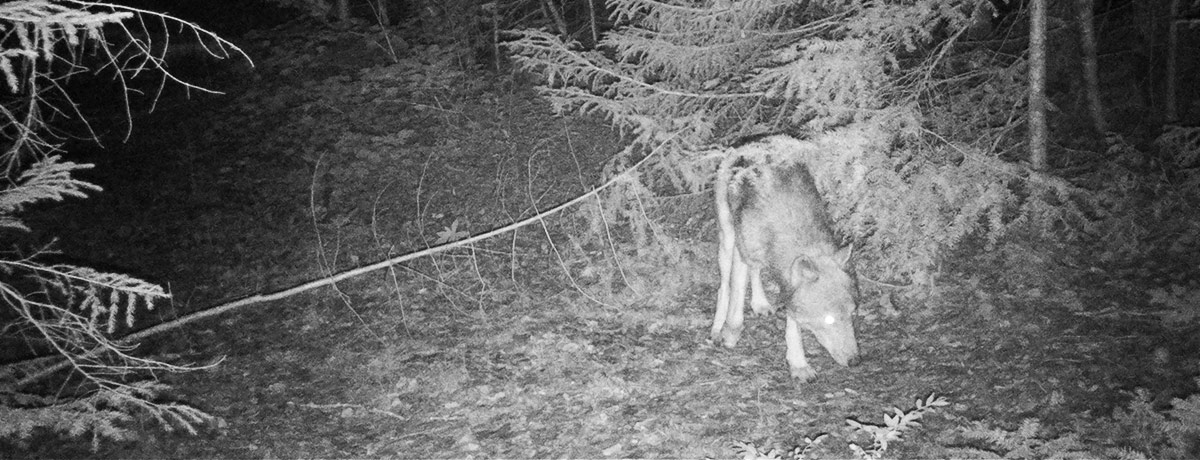
Human activities, such as road building and urban expansion, have contributed to habitat loss and fragmentation, hindering the movement of many species. Maintaining and restoring ecological connectivity is crucial for protecting regional biodiversity. For example, the Parkway, which crosses La Mauricie National Park, can hinder the movement of certain species, which is why road users need to be vigilant and slow down.

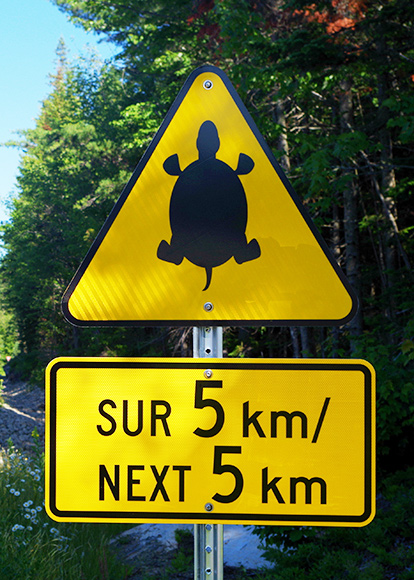
Road mortality is one of the biggest threats to the endangered wood turtle in and around La Mauricie National Park. To reduce the problem, the park’s conservation team and its collaborators regularly monitor roads to identify the most problematic areas. The team also builds structures to help guide turtles off the road to keep them safe. For example, the park team installed drift fencing as a pilot project and carried out plant rehabilitation in an area to reduce its attractiveness during turtle nesting season.
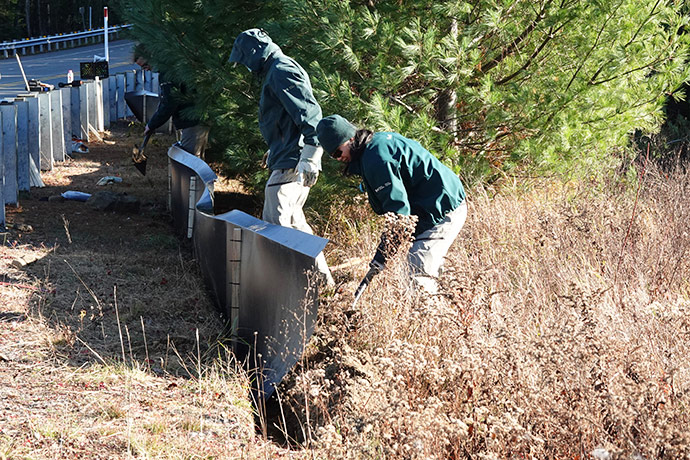
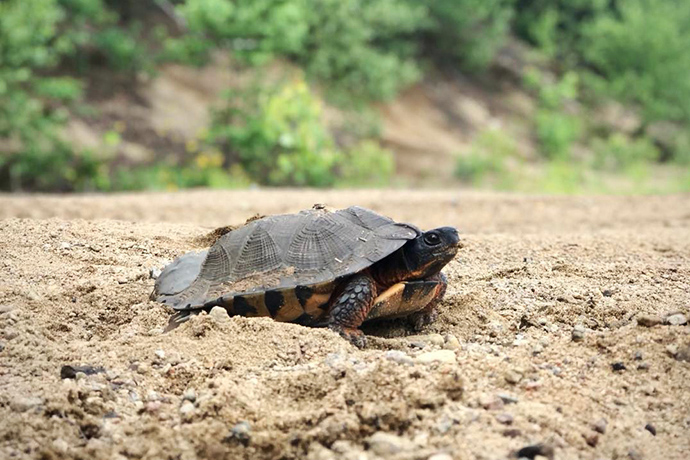
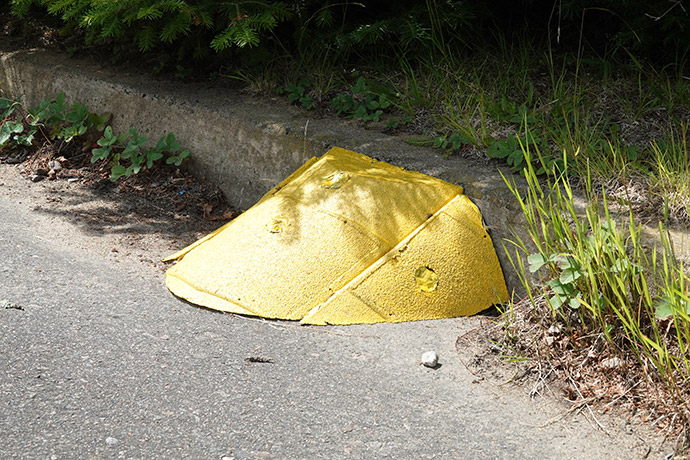
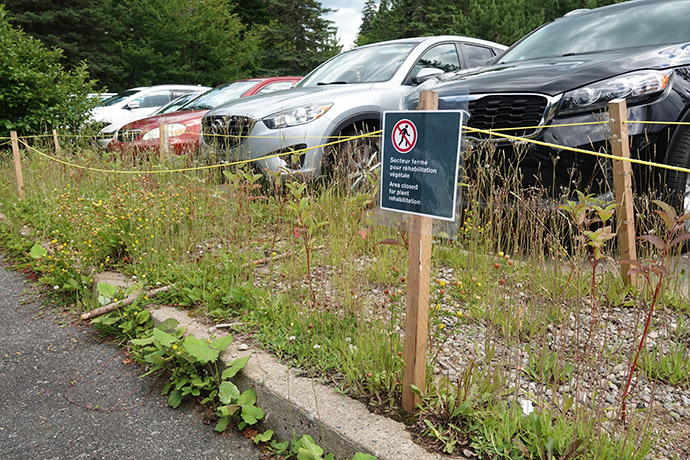
Connectivity helps species such as wood turtles and wolves access the best available habitats, promotes genetic exchange and supports healthy predator-prey relationships. It also promotes resilience and adaptation to climate change by allowing species to occupy new areas when conditions change and no longer meet their needs.
Working together for ecological connectivity
La Mauricie National Park is an active participant in the regional Connectivité écologique Mauricie initiative, which aims to improve the network of natural environments to protect biodiversity. The park is helping to organize collaborative workshops on ecological connectivity in the Mauricie region with several regional stakeholders so that everyone can get involved in recovering and protecting animals and their habitats. These workshops inspired the creation of tools to establish and illustrate the main wildlife movement corridors in the Mauricie region. The park commissioned a model of ecological connectivity at the park’s Greater ecosystem scale and, in conjunction with the Nature Conservancy of Canada and the Conseil régional de l’environnement Mauricie, designed a map illustrating major wildlife movement corridors. During a workshop, around 40 organizations helped verify the theoretical corridors on the map, particularly in the southern region of the park, where habitat fragmentation issues are the greatest in the region. They provided important information on the targeted areas.
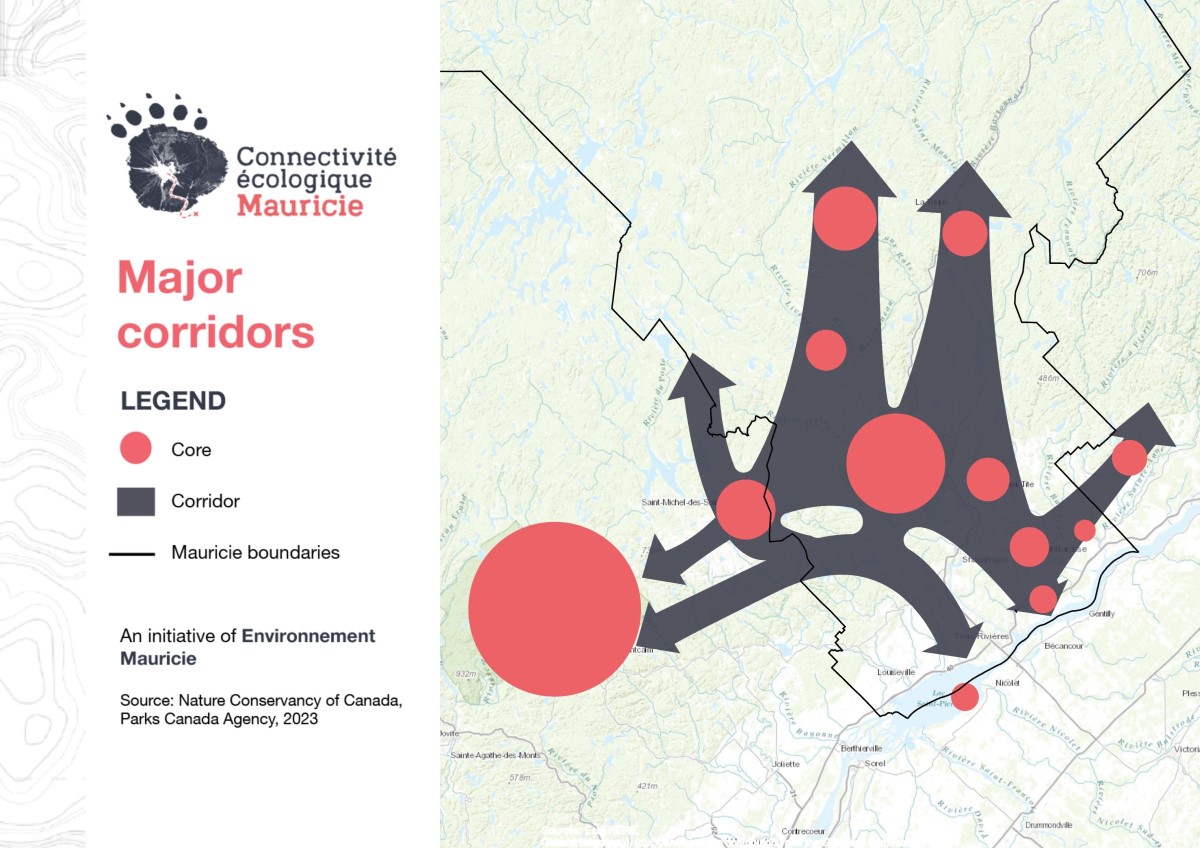
Thanks to extensive collaboration with regional stakeholders, La Mauricie National Park protects and restores ecological integrity for current and future generations. Protected areas like the park cannot protect biodiversity on their own. They need to be part of wider, interconnected ecological networks.
To learn more
Collaborative workshops on ecological connectivity in the Mauricie region (article in French only)
Parks Canada is improving ecological connectivity
Report your turtle sightings on the carapace.ca website.
Report your animal sightings on the iNaturalist website.
- Date modified :